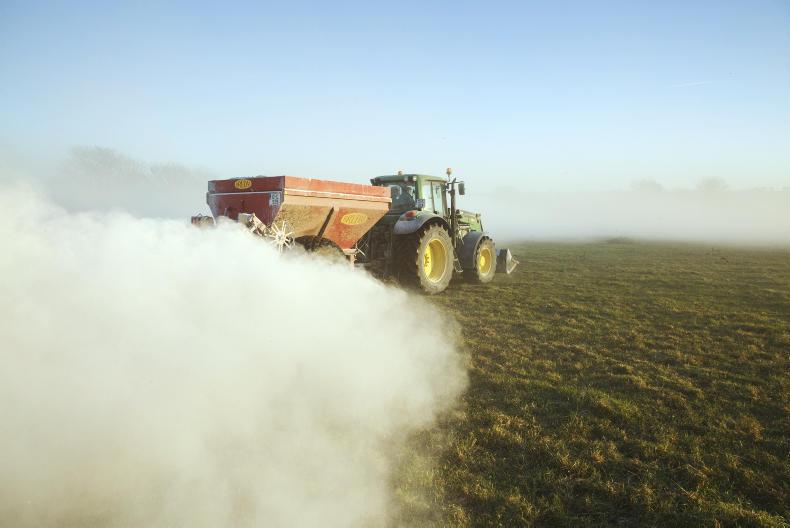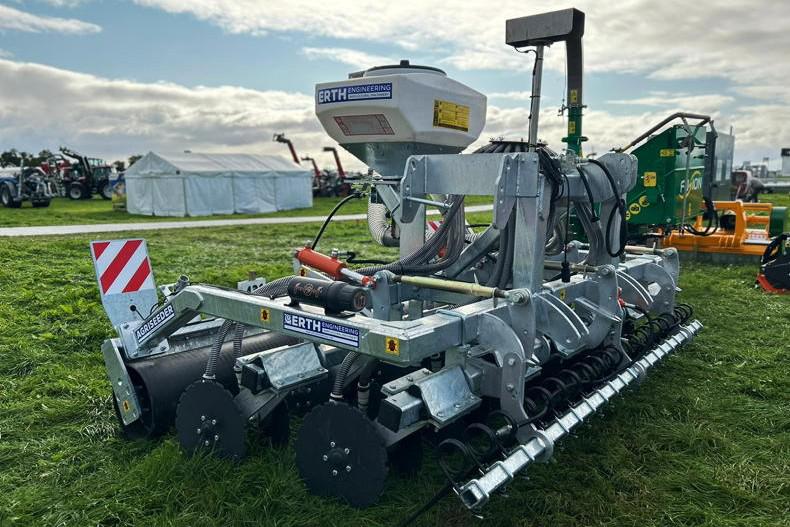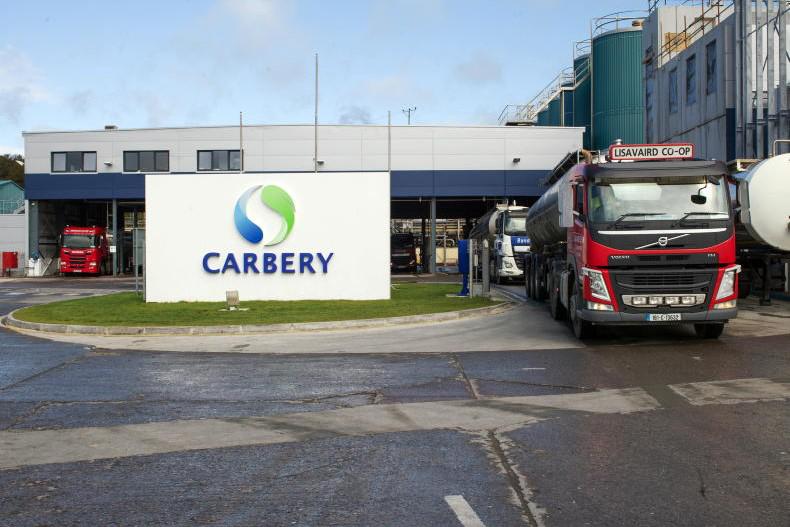Soil fertility results show the majority of Irish soils used for grass production are suboptimal in terms of soil pH. This is having a negative effect on grass production and in turn the performance of livestock enterprises.
Mark Plunkett of Teagasc says spreading lime is the best way to correct soil pH and now, when ground conditions are suitable, is a prime opportunity to carry out this work. However, he warns there are some points to consider before making an application.
Mark says soil pH has a large effect on the availability of nutrients, especially phosphorus. Phosphorus is essential for grass growth. The target soil pH on peat and mineral soils is pH 5.5 and 6.3, respectively.
Maintaining the soil pH in the optimum range will increase the biological activity of the soil, encouraging earthworms to thrive, increase nutrient availability such as nitrogen, phosphorus and potassium, it improves soil structure which is beneficial for aeration and drainage, and it increases crop production.
When the pH of grassland soils is maintained close to the optimum range, increased grass production by at least 1.0t DM/ha/year can be achieved. If this extra grass production is utilised by the grazing livestock it has the potential to reduce farm feed bills by at least €105 and €181/ha/year on a drystock and dairy farm respectively.
For example, 1t of additional grass production each year over a typical five-year liming period (5 t/ha lime applied) represents a 7:1 (grass €181/t : lime €25/t) return on investment in lime, not including the potential for reducing fertiliser costs into the future, according to Mark.
Where soil pH is low, lime should be applied. This will control soil acidity and improve soil pH to the optimum range for the crop in question. Mark says a soil test report will show the soil pH and the recommended rate of lime application to correct the soil pH to the optimum.
Lime should only be applied on the basis of a recent soil test report (taken in the last two to three years). It should not be carried out regularly or on a whole-farm basis without knowing the soil requirements first.
“Over-liming will reduce the availability of both major nutrients such as phosphorus and minor nutrients like boron, manganese, copper and zinc,” Mark warned.
Types of lime
The two main types of lime on the market are calcium and magnesium-based limestones. Marks says both calcium and magnesium lime control soil acidity and improve soil pH. Calcium lime is a fast-acting lime with rapid pH adjustment. Magnesium lime is slower to react but has a higher liming value and a good source of magnesium for soils with low levels of that element.
Calcium limestone is the most common form of ground limestone available nationally. There are only a small number of magnesium quarries which are found in the south and southeast of Ireland. Farmers who want to know which lime to use should request a magnesium analysis to find out the soil magnesium status. In general, Irish soils tend to have good levels of soil magnesium.
“Where soils are low in magnesium, magnesium lime is the most effective way to improve soil Mg levels. Where magnesium lime is not available, apply kieserite fertiliser to supply magnesium to the soil/crop,” explains Mark.
Farmers can also buy lime in granulated form or bulk ground limestone. Mark says granular lime is a very reactive source of lime and presents a convenience factor for the user in that it can be applied by a farm fertiliser spreader typically at two or three bags per acre.
Choosing which type of product to use depends on the situation. For example, in a soil pH build-up situation, spreading granulated lime would be a very expensive option to correcting soil pH compared to ground limestone.
However, when used to maintain soil pH it is convenient as it can be applied in small quantities. In a maintenance situation, it is recommended at a ratio of 1:3, for example, where 1t/ha of ground limestone is required; this is equivalent to 330kg/ha of granulated lime.
Where to spread
As mentioned earlier, lime should only be targeted in paddocks which show a requirement for lime from the soil test report. There are other factors to take into consideration, however, before making an application. In grassland soils that are high in molybdenum (Mo), it is important not to raise the pH above about 6.2. Increasing the pH above this level increases the availability of Mo and this in turn induces copper (Cu) deficiency in animals by reducing Cu absorption.
Therefore, lime application rates on such land should be reduced.
Mark also advises to classify soils correctly in order to calculate the correct lime advice. The optimum soil pH for peats is lower compared to mineral soils. The ideal pH for peats is a pH of 5.5. In peat land, liming will cause the pH value to rise sharply over a four- to five-year period.
He says lime is less likely to be leached from peat soils than from mineral soils because of the high cation exchange capacity of peats. Once the pH has been increased to the required level, additional applications of lime are not required as a result.
Lime spreading before and after nitrogen/slurry applications can have a negative effect on their usefulness in the soil. Mark says the type of nitrogen in slurry and urea is ammonical-N and is prone to loss if applied to freshly limed soils.
To avoid N loss, it is recommended to wait three months after liming before applying urea or slurry. Wait 10 days after slurry or urea application before applying lime, Mark advises.
There is also a danger in applying lime to fields that will be cut for grass silage. Lime could be brought into the silage pit on the grass at harvest time. Mark says this will interfere with grass silage preservation in the pit. He recommends leaving a minimum of three months between applying lime and cutting grass silage.
Ground limestone costs in the region of €25/t delivered and spread. Granulated limes cost in the range €150 to €175/t. The payback as mentioned earlier for correcting soil pH has the potential to more than cover the cost in terms of increased grass production, reduced feed bills and less fertiliser costs.










SHARING OPTIONS